 Abraham Lincoln
If given the truth, the people can be depended upon to meet any national crisis...
Abraham Lincoln
If given the truth, the people can be depended upon to meet any national crisis...
 Guildford news...
for Guildford people, brought to you by Guildford reporters - Guildford's own news service
Guildford news...
for Guildford people, brought to you by Guildford reporters - Guildford's own news service
Extensive Railway Engineering Works Are Forging Ahead
Published on: 12 Apr, 2020
Updated on: 13 Apr, 2020
By David Rose
Network Rail’s Wessex division is reporting its extensive engineering works at Guildford railway station during the Easter weekend is forging ahead.
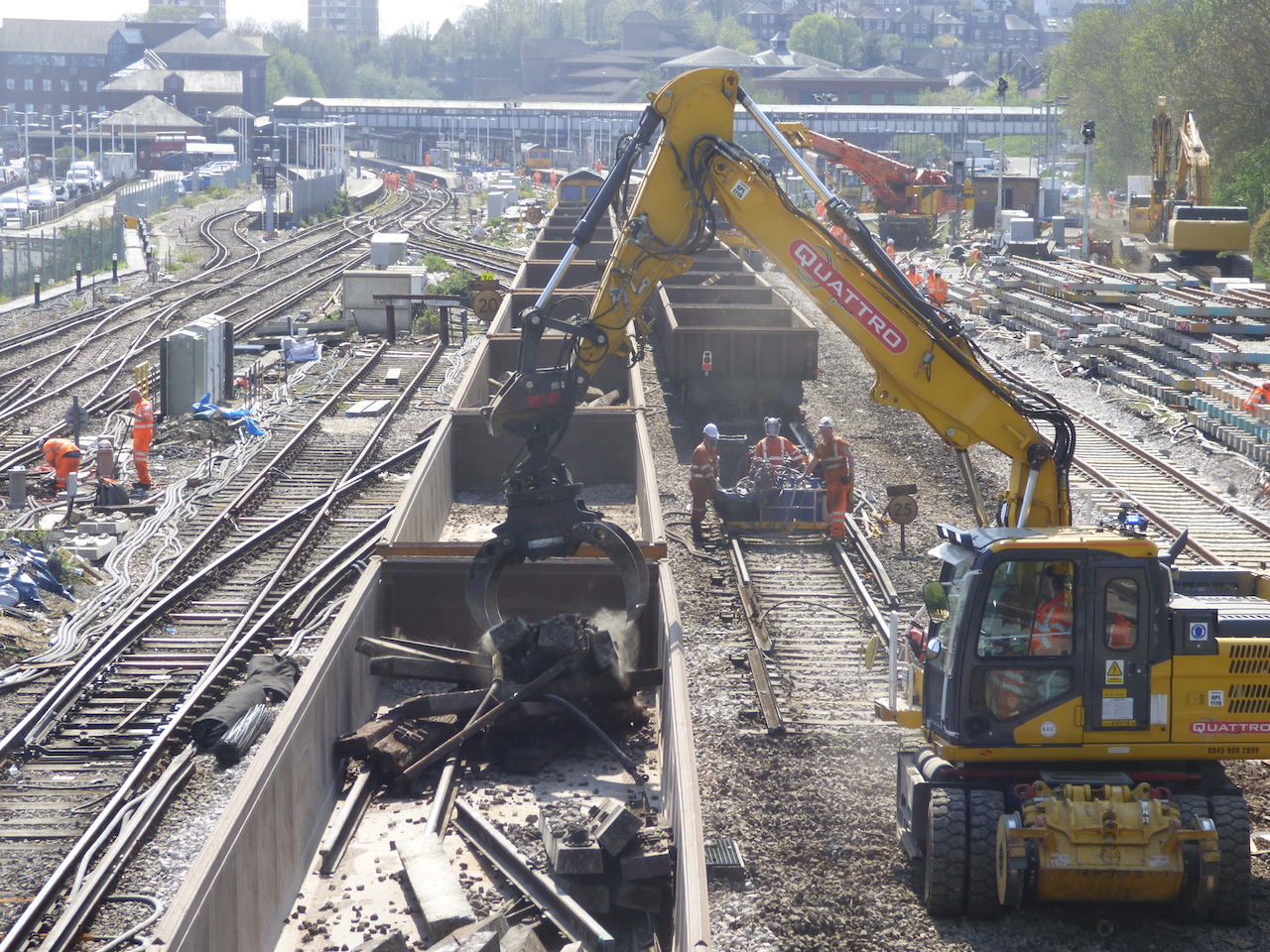
Click on pictures to enlarge in a new window.
It is giving regular updates on its Twitter feed, the latest, posted on Sunday evening (April 12): “The sun is setting on Guildford after another busy day of work, as we carry on with the biggest improvement project here in 40 years.
And are earlier tweet: “Work continues tomorrow, we encourage everyone to check before they travel and only travel if absolutely necessary. The thought that when this crisis ends, there will be a new railway for us all to travel on.”
The gallery here features pictures taken by David Rose on Saturday (April 11), when he paused at Yorkie’s Bridge, to the north of Guildford railway station, while taking his daily exercise on a circular bike ride.
 As The Guildford Dragon NEWS reported in a previous story: The rail infrastructure in the Guildford area is undergoing its biggest investment in nearly 40 years and passengers are urged to check journey times before travelling.
As The Guildford Dragon NEWS reported in a previous story: The rail infrastructure in the Guildford area is undergoing its biggest investment in nearly 40 years and passengers are urged to check journey times before travelling.
Work to upgrade track and signalling starts on Good Friday (April 10) and although services will resume from the station to London Waterloo via Cobham and Stoke D’Abernon from Tuesday, April 14, other services will not resume until April 20.
Bus replacement services will be in place during the vital works, the details of which can be found on SWR and GWR websites.
The upgrades to track and signalling will provide more reliable journeys for passengers between London Waterloo and Guildford, Woking and Portsmouth, Reading and Redhill, and Guildford and Aldershot. The essential work will also enable removal of two-speed restrictions.
Guildford junction was last upgraded in the early 1980s, and after almost 40 years of heavy traffic, plus a rising demand, the works will provide a more reliable railway for years.
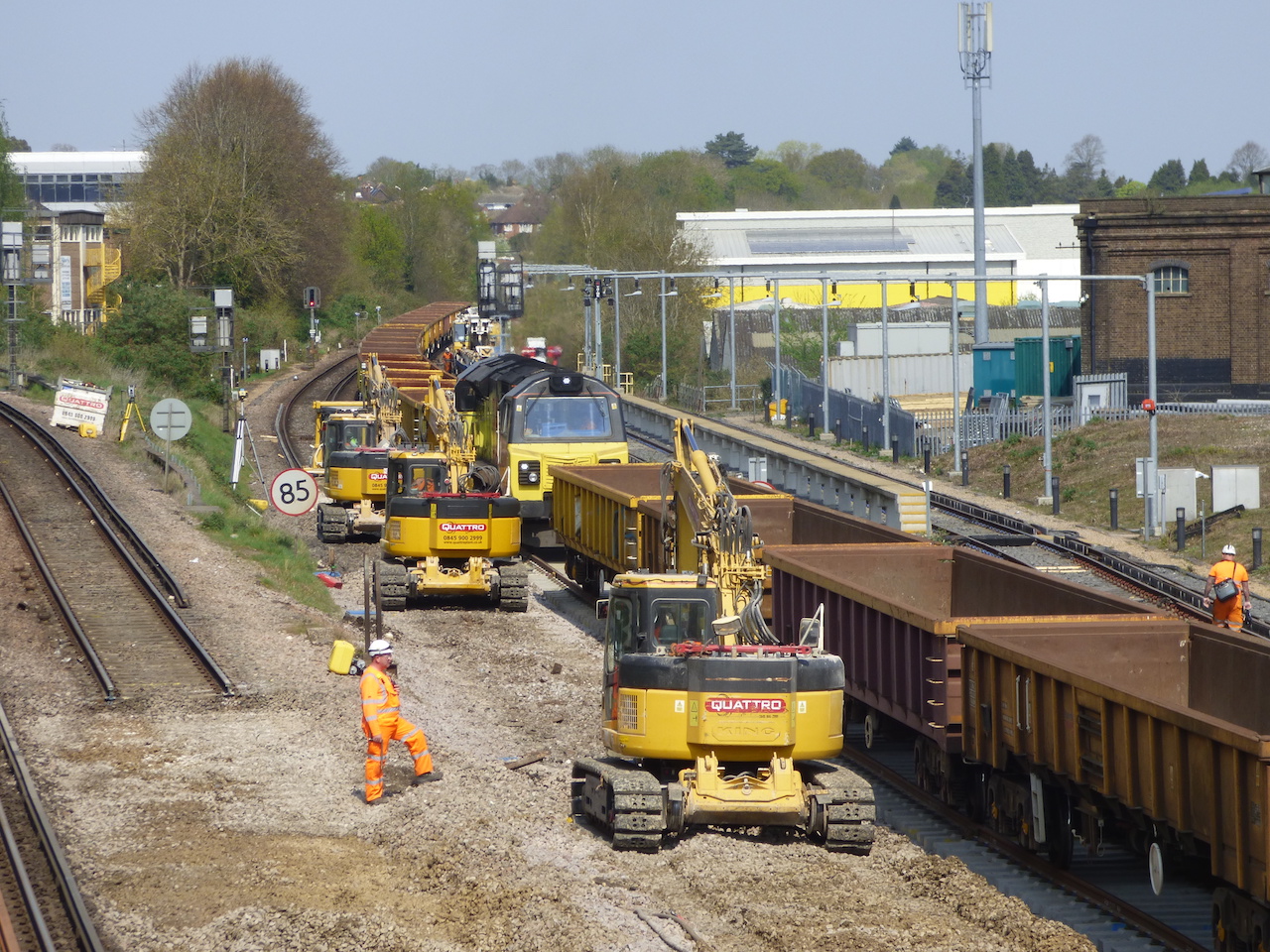
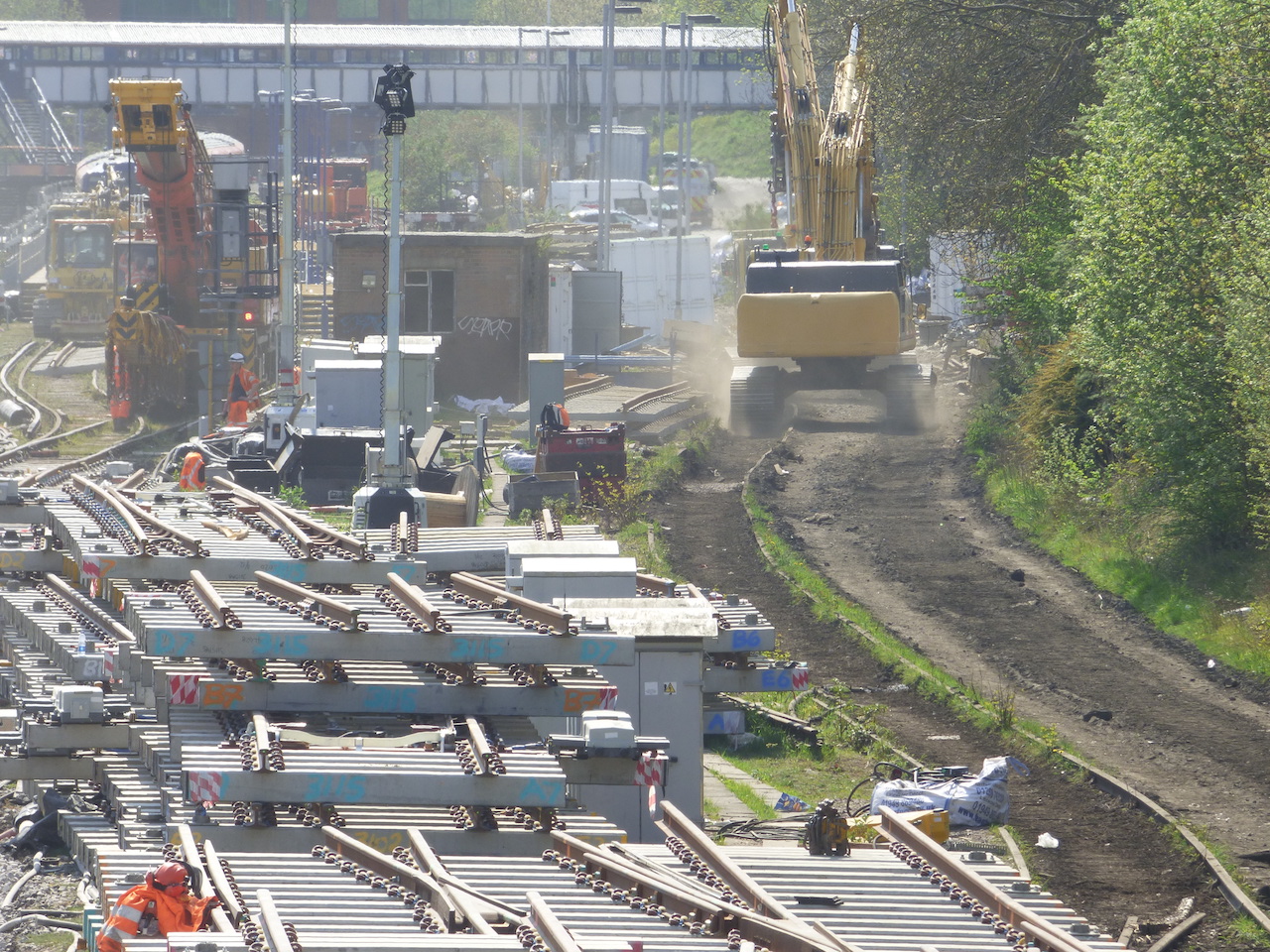

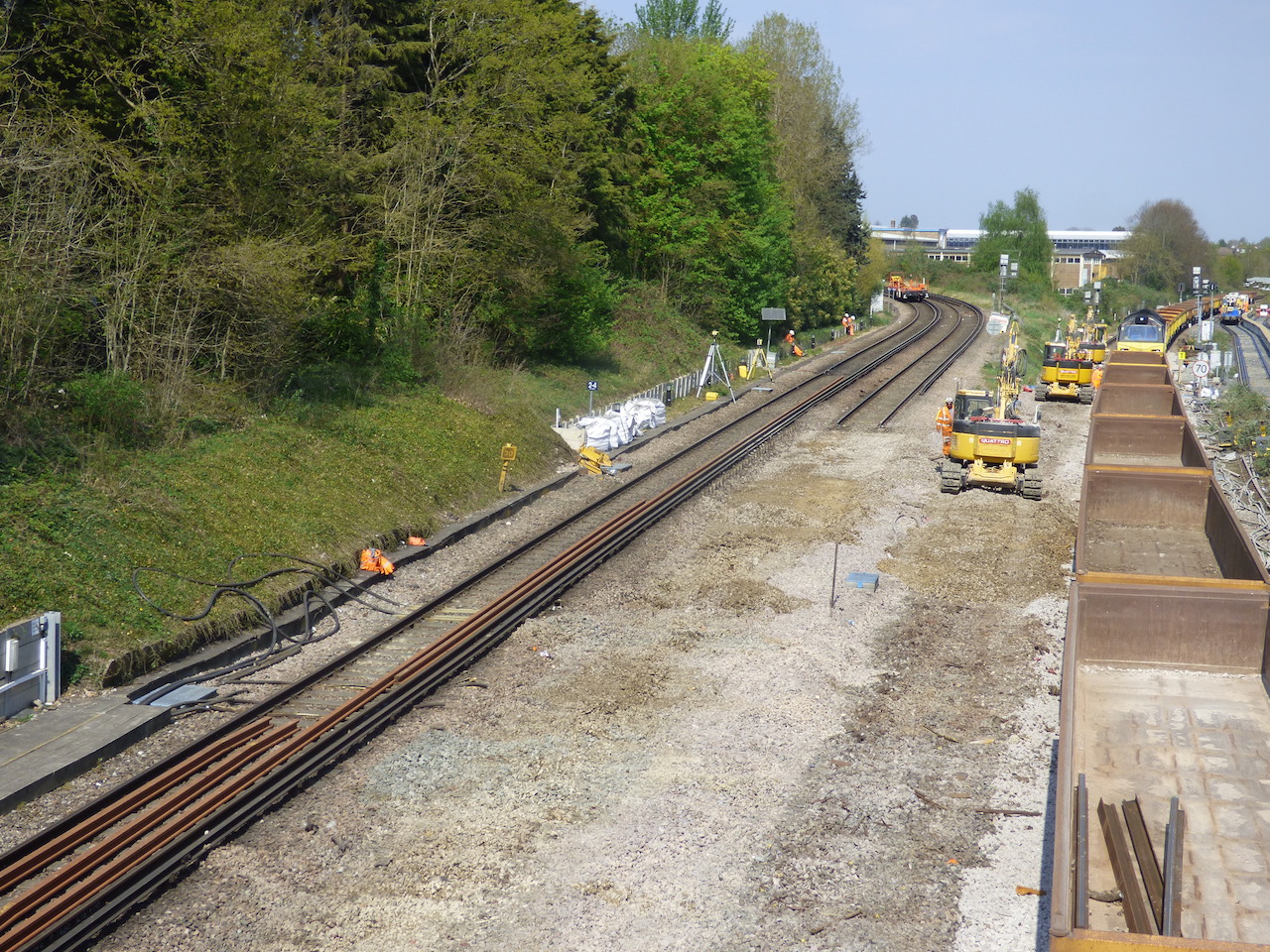
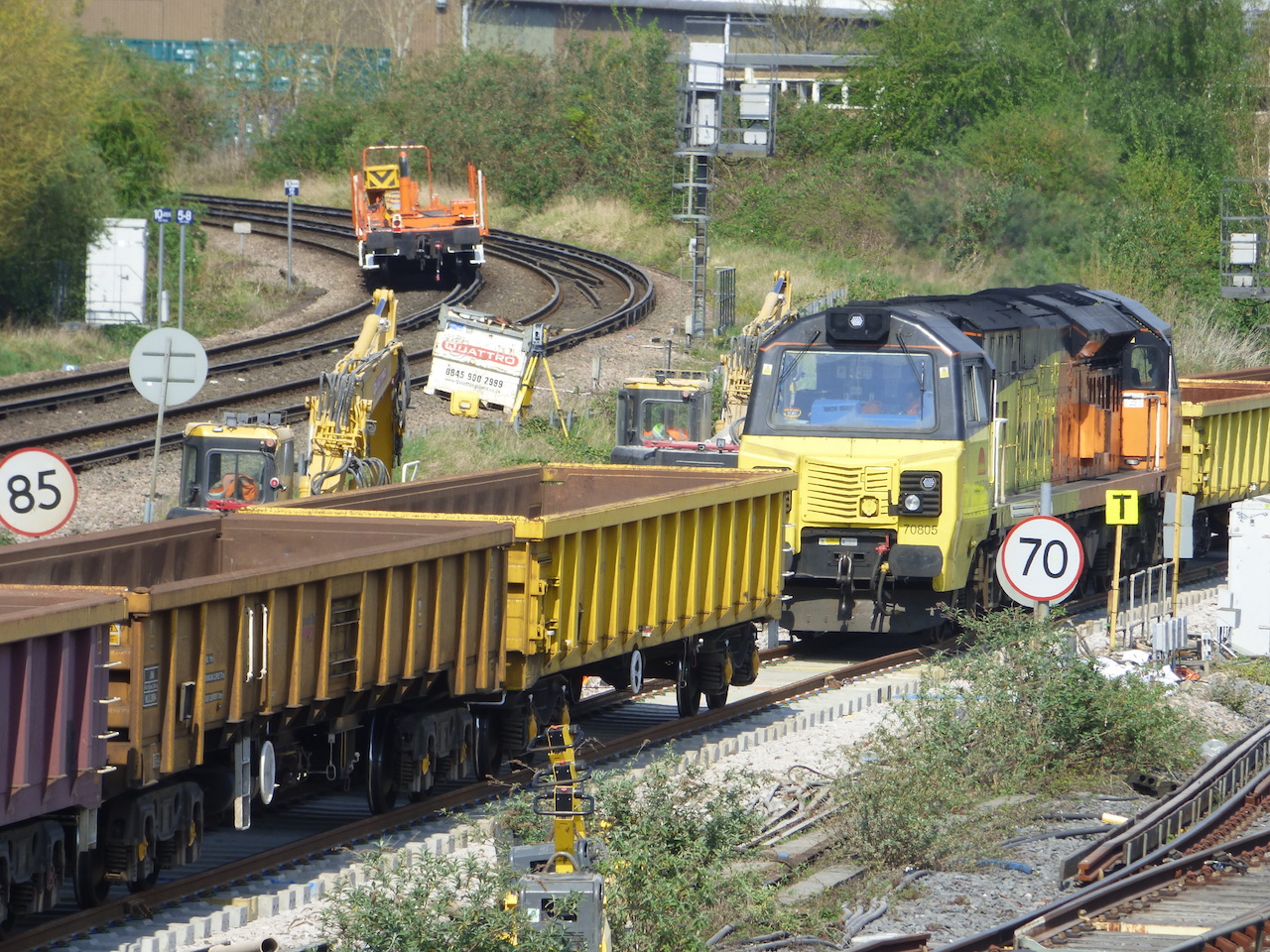

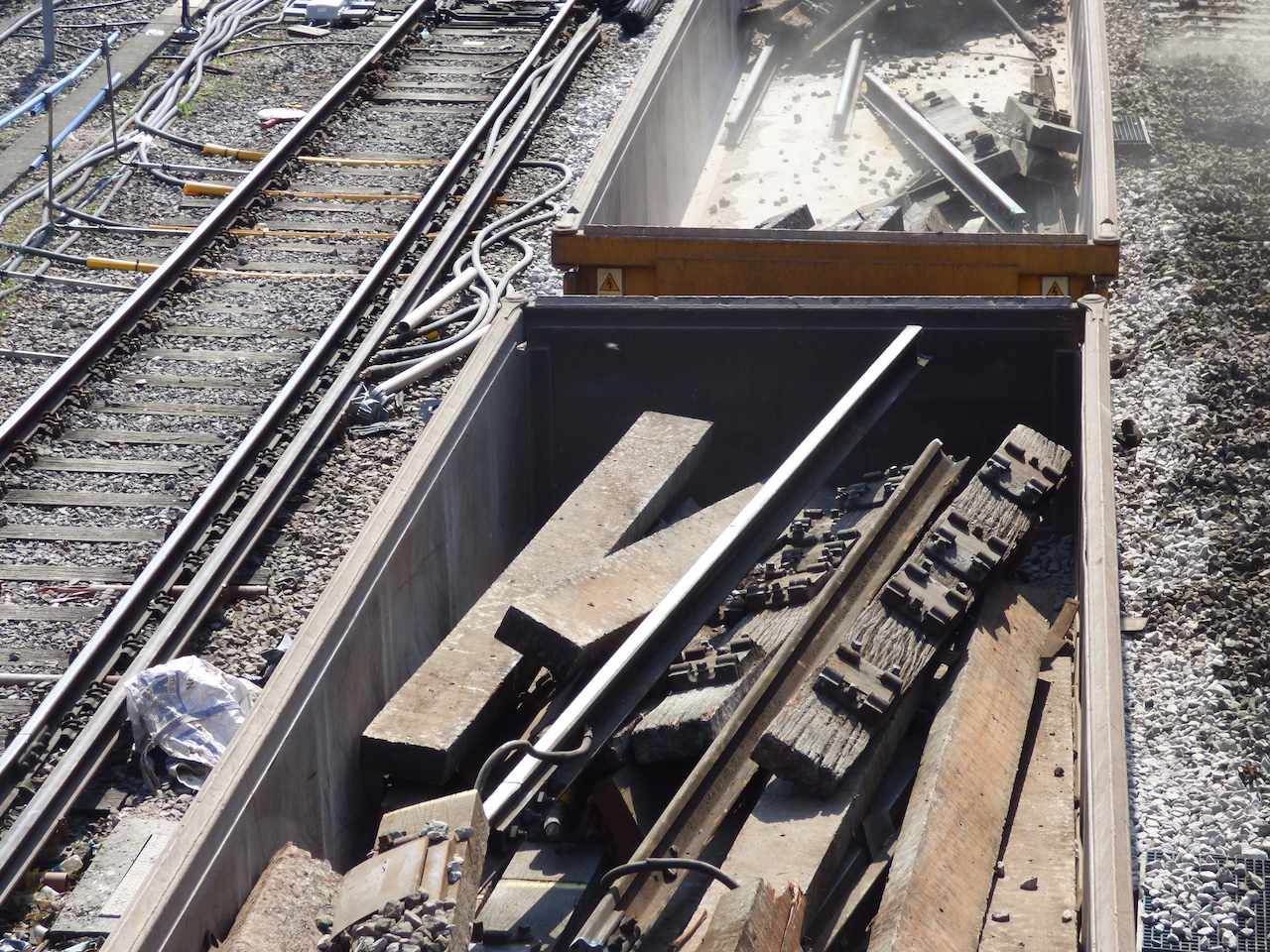
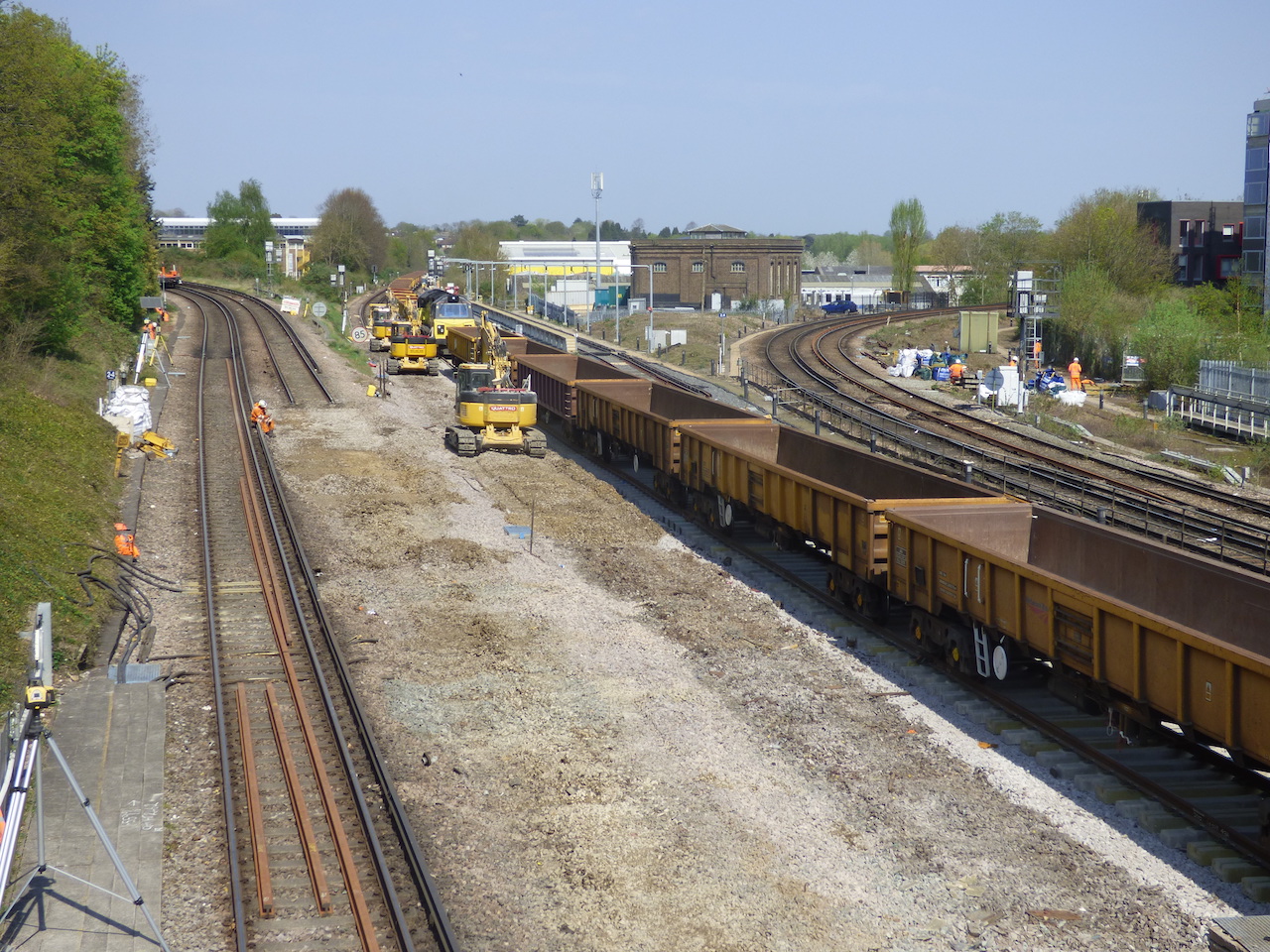
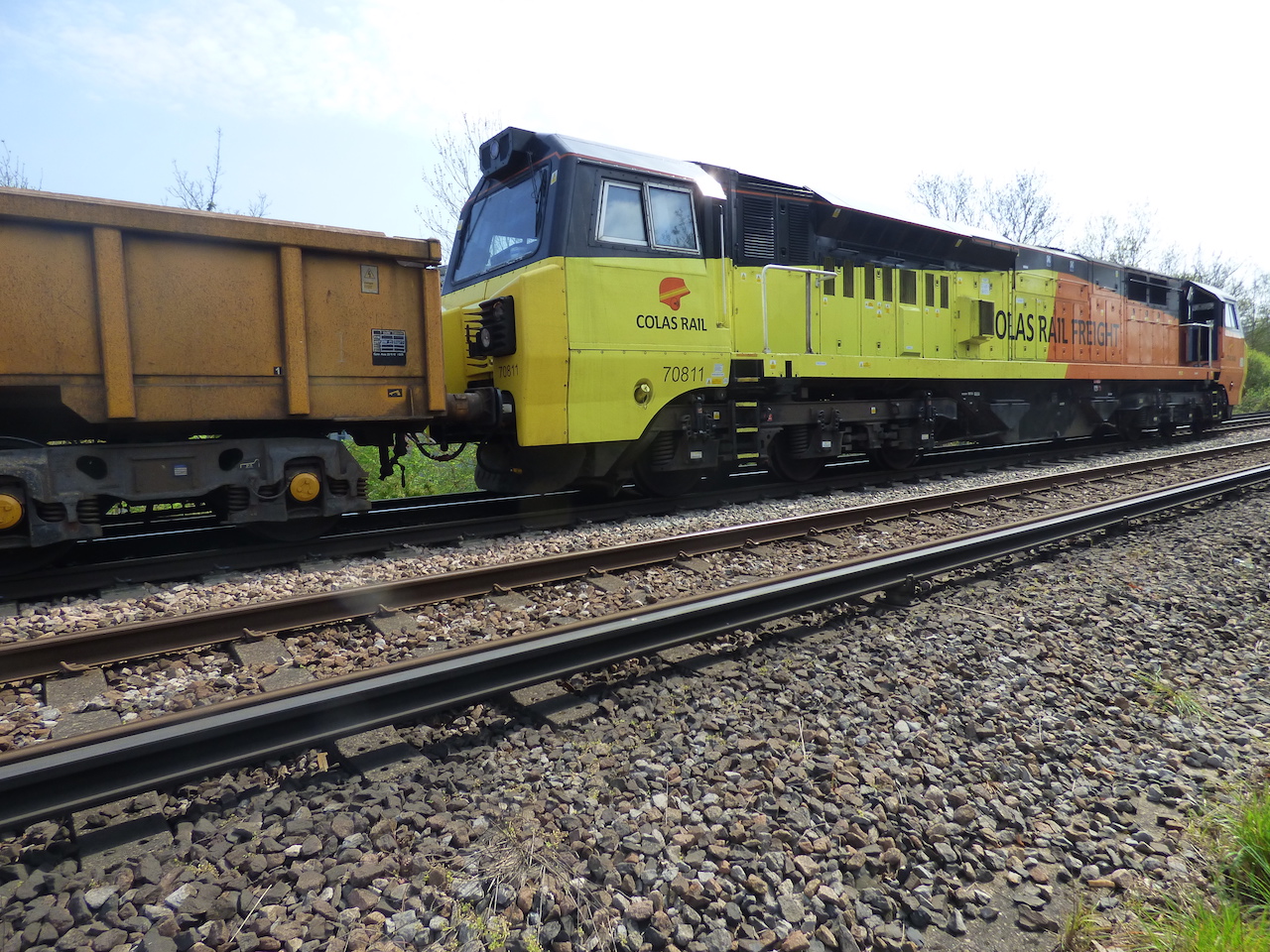
Responses to Extensive Railway Engineering Works Are Forging Ahead
Leave a Comment Cancel replyPlease see our comments policy. All comments are moderated and may take time to appear.
Recent Articles
- City Impress to Win and Progress to Next Round of the FA Vase
- Refurbishment Work Continues at the Yvonne Arnaud While Theatre Re-opens
- Highways Bulletin for September 23
- SEND Child Misses Two Years of Education
- Letter: Will E-Bike Prices Put People Off?
- Correction: Warrant Was Issued for Arrest of HRA Investigation Suspect
- Guildford Lions Club Announces 2024 Firework Fiesta
- Deserved 1-0 Win for City in Home FA Vase Tie
- Notice: The Library of Things
- Letter: Has the Sinner At Last Repented?


Recent Comments
- John Lomas on Letter: Will E-Bike Prices Put People Off?
- Olly Azad on Letter: The Town Must Present a Strong, United Voice on Building Heights
- Olly Azad on Deserved 1-0 Win for City in Home FA Vase Tie
- David Roberts on Strip Cartoon Tells Story of Monmouth Rebellion and its Guildford Links
- Roland Dunster on E-Bikes for Hire Arrive in Guildford
- Nigel Keane on Letter: The Town Must Present a Strong, United Voice on Building Heights
Search in Site
Media Gallery
Dragon Interview: Local Artist Leaves Her Mark At One of England’s Most Historic Buildings
January 21, 2023 / No Comment / Read MoreDragon Interview: Lib Dem Planning Chair: ‘Current Policy Doesn’t Work for Local People’
January 19, 2023 / No Comment / Read MoreA3 Tunnel in Guildford ‘Necessary’ for New Homes, Says Guildford’s MP
January 10, 2023 / No Comment / Read More‘Madness’ for London Road Scheme to Go Ahead Against ‘Huge Opposition’, Says SCC Leader
January 6, 2023 / No Comment / Read MoreCouncillor’s Son Starts Campaign for More Consultation on North Street Plan
December 30, 2022 / No Comment / Read MoreCounty Council Climbs Down Over London Road Works – Further ‘Engagement’ Period Announced
December 14, 2022 / No Comment / Read MoreDragon Interview: GBC Reaction to the Government’s Expected Decision to Relax Housing Targets
December 7, 2022 / No Comment / Read MoreHow Can Our Town Centre Businesses Recover? Watch the Shop Front Debate
May 18, 2020 / No Comment / Read More










Robert Hills
April 13, 2020 at 12:16 pm
Thank you, David Rose for some “real-time” pictures on this most important railway infrastructure project. Perhaps there will be further opportunity over the coming days for you to add to your collection of photographs on this subject, which I shall enjoy viewing?
I had hoped to be able to take some similar photos myself but in the present circumstances, my journey to/from Guildford for this purpose would not be regarded as essential.
Editor’s note: David Rose took the photos during his permitted exercise period but reporters are included in the government’s list of key workers, and we do carry authorisation letters. But, on The Guildford Dragon, the requirement for purely journalistic sorties has been minimal.
John Harrison
April 13, 2020 at 5:00 pm
This looks to me like repair and maintenance with some improvements due to advances in technology of the last 40 years. Worthwhile, probably long overdue, but not particularly newsworthy.
Trains still travel at pre-war speeds. More fundamental improvements could enable trains to run significantly faster and give clearance beneath bridges to enable double-deck trains, such as those in France, to improve capacity. The adding an additional platform at Guildford could enable a London-Guildford shuttle.
Frank Phillipson
April 15, 2020 at 12:19 pm
A large-scale civil engineering project carried out in just the space of a number of days and relevant to a large number of rail passengers is entirely newsworthy.
The British rail industry is well aware of the possible benefits of double-deck trains but there are enormous obstacles to introducing them here.
Passenger railways were conceived in Britain and so our infrastructure is older than anyone else’s. In Britain, its so-called “loading gauge” (the maximum width and height of carriages) is much less generous than most other European countries. Our bridges and tunnels across the whole network are lower than in the rest of Europe and it would take an inconceivable amount to rectify this problem with an unacceptable level of disruption.
A second problem is that of “dwell time” at platforms. Even with a generous provision of doors, it takes longer to load and unload double-deck trains. In Brussels or Paris, the typical frequency of trains of five or six minutes can tolerate this. But on the busiest lines in and out of London, only three minutes is allowed between trains. If you extend the dwell time, the capacity could actually fall.
There are, and always have been, London-Guildford services both via Woking and the “New line”, via Effingham Junction, with absolutely no requirement for additional platforms.